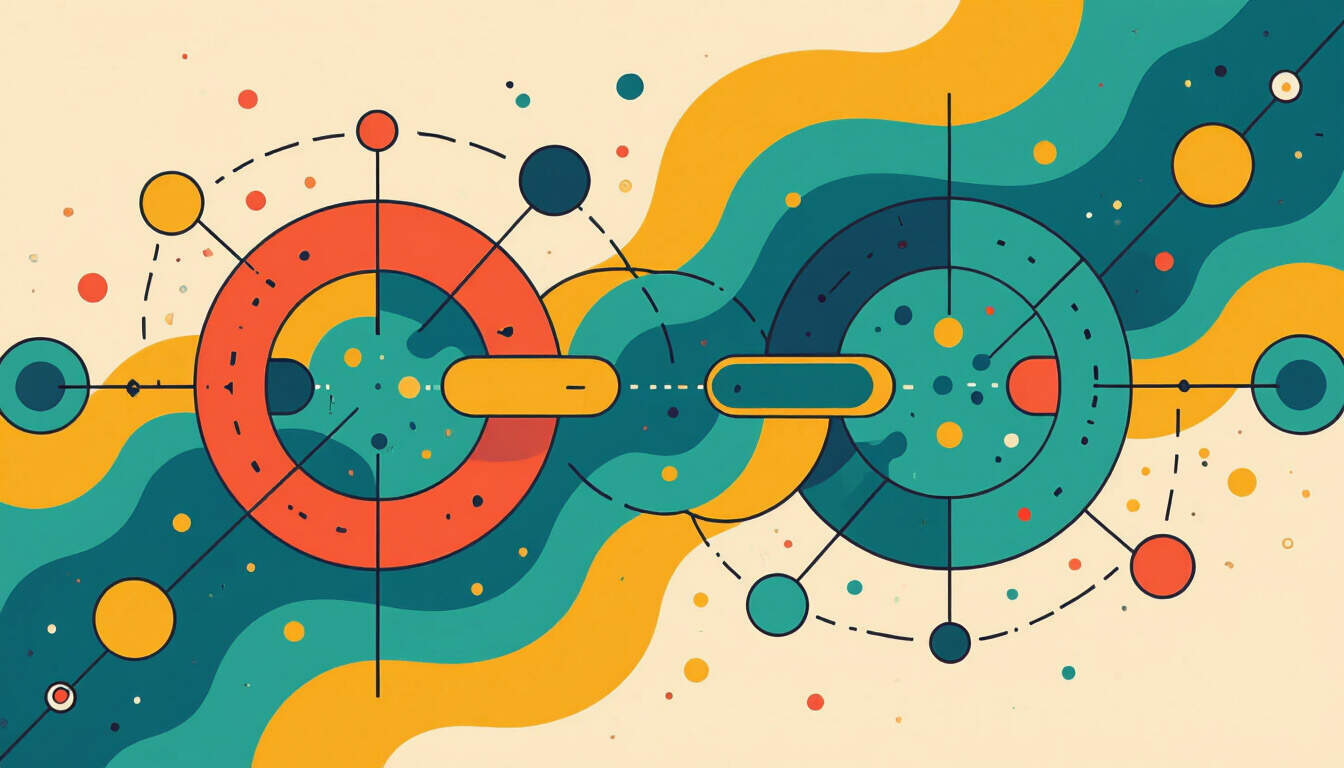Systemic Risk Assessment: Integrating Second-Order Thinking and Feedback Loops
 by Marlene Keeling
by Marlene Keeling
Systemic risk assessment involves examining interconnected systems to predict broader impacts. By applying second-order thinking, we consider indirect effects, while feedback loops reveal how changes cycle through systems. This approach aids in better decision-making for professionals and students alike.

Systemic risk assessment focuses on identifying potential threats that could disrupt entire systems, such as economies or ecosystems. This process requires a deep look at how individual actions lead to wider consequences.
Second-order thinking plays a key role here. It means going beyond immediate outcomes to explore subsequent effects. For instance, in financial markets, a policy change might initially seem beneficial but could trigger unintended problems later. second-order thinking helps professionals anticipate these chain reactions, making it essential for thorough analysis.
Feedback loops are another critical element. These occur when the results of an action influence the system in a way that either strengthens or weakens the original effect. Positive feedback loops can escalate risks, turning a small issue into a major crisis, while negative ones might stabilize systems by countering changes. In environmental contexts, pollution might create a feedback loop where rising temperatures accelerate ice melt, further warming the planet.
To apply this in practice, consider organizational settings. A company might introduce new technology to boost efficiency. At first, productivity increases, but if employees resist the change, it could lead to errors and decreased morale. feedback loops in this scenario show how initial gains could loop back into losses if not managed carefully.
The Role of Second-Order Thinking in Risk Identification
In risk assessment, second-order thinking encourages examining layers of cause and effect. For example, in public health, implementing a vaccination program might reduce disease rates directly. However, overlooking community hesitancy could result in misinformation spreading, undermining the effort. This layered approach ensures that strategies account for human behavior and societal dynamics.
Professionals in fields like engineering use second-order thinking to evaluate project impacts. Building a dam might provide water and electricity, but it could also displace communities or alter local wildlife patterns. By considering these extended outcomes, planners can develop more sustainable solutions.
Feedback Loops in Action
Feedback loops often appear in complex systems, amplifying or mitigating risks. In economics, inflation might start from increased demand, but if unchecked, it creates a loop where prices rise faster, eroding purchasing power. Recognizing such patterns allows for timely interventions.
In personal development, individuals can apply feedback loops to habits. Regular exercise might improve health, creating a positive loop where better health encourages more activity. Conversely, poor diet choices could lead to energy dips, reinforcing unhealthy patterns. Understanding these cycles helps students and curious individuals build better routines.
Integrating Both Concepts for Effective Assessment
Combining second-order thinking with feedback loops offers a comprehensive framework for systemic risk assessment. For instance, in climate change efforts, policies aimed at reducing emissions must consider not just direct environmental benefits but also how they affect global trade and energy dependence. This integration prevents short-sighted decisions that could exacerbate problems.
Lists can aid in organizing this process:
- Identify primary risks: Pinpoint immediate threats.
- Map out second-order effects: Trace potential indirect consequences.
- Analyze feedback mechanisms: Determine if loops will intensify or reduce risks.
- Develop mitigation strategies: Plan actions to break negative loops or enhance positive ones.
For students interested in cognitive processes, practicing these methods through case studies sharpens analytical skills. Professionals can use them in team discussions to foster innovative problem-solving.
Applications in Daily Life and Beyond
Beyond professional arenas, these concepts enhance personal growth. By applying second-order thinking, one might evaluate career choices not just by salary but by long-term satisfaction and work-life balance. Feedback loops in relationships show how communication styles can either build trust or create conflicts over time.
In education, teachers can incorporate these ideas to help students think critically about historical events. For example, a policy decision in the past might have solved one issue but sparked new ones, illustrating the importance of holistic analysis.
Ultimately, systemic risk assessment through these lenses empowers individuals to navigate challenges with greater insight. By routinely examining deeper effects and system dynamics, we foster resilience in an interconnected world.
This approach not only aids in avoiding pitfalls but also in seizing opportunities that arise from understanding system behaviors.
